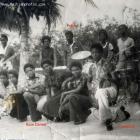ADVERTISEMENT
Photos
Prostitution in the rural areas of Haiti
The greatest part of the current prostitution industry takes place in the rural areas and not in the more populous towns and cities. This is perhaps why it has been able to pervade into normal society with such efficiency. While it seems to have become more widely acknowledged, if not accepted, it is still a far cry from being safe or healthful. An outbreak of cholera may soon take the back seat to a veritable AIDS or STI epidemic.
Prostitution in Haiti and their provocative poses
It's not hard to identify a prostitute on the streets of Champs de Mars or in the main park of Port-au-Prince. They are most readily noticeable by their provocative poses, used to attract attention from the cars that slow as they drive past, their brightly colored hair styles, heavily made up faces and their scant attire. Should one slow enough to stop, they will begin their pitch in hopes of becoming the item most bought.
Prostitution in Haiti as a result of the 2010 earthquaken
A million and a half people were displaced as a result of the earthquake and many young girls, startling reports having their age as young as 8, saw themselves parentless and in need of shelter, food and the security they provide. After the destruction of some 200 tents in the Delmas region, during the start of the Martelly Government, their situations grew even more desperate. The trading of sex for these simple amenities became an all too easy transition for young girls. Absent choice due to their youth and subsequent lack of profitable skills, most girls make the only decision their limited scope has exposed them to.
Kay Gro Manman - Prostitution in Haiti and embarrassment
While it is easy to think that the women and girls in the field of prostitution willingly chose their life and should thus suffer no pains living with the consequences, some show distinct signs of embarrassment for their chosen profession. The very young girls who dress up and paint their faces, who understand they must be noticed first to get paid later, can often be seen, or not seen, hiding in the shadows. There is an inherent displeasure felt in the masses for prostitutes, and the prostitutes are aware of it.
Funeral in Haitian Culture - Prayer and crying
Much prayer and crying accompanies the death of a loved one in Haiti. With home being the place most desired for a passing, sojourns are made by all available family members to start the mourning process. The congregation of family is so important that a body is not moved from the home until all family members have gathered. Then, the oldest begins arranging the funeral and another relative washes the dead. When these have been prepared, one of the three mourning practices begins.
Funeral in Haitian Culture - Grievers kicking and fighting
The church is packed and the atmosphere is somber. Then, a mighty wail sounds and it is not necessarily coming from a member of the family. Spoken of in the Bible, the sometimes hired 'grievers' that frequent Haitian funerals, are as much a distraction as they are an attraction. They wail and scream and are often seen being carried out of churches kicking and fighting their extractors. It's hard to tell at the beginning of a service just which of the nicely dressed ladies will soon begin convulsing and screaming in anguish, but it's a guarantee there will be at least one at your next funeral.
Funeral in Haitian Culture
Funerals are often always two-location affairs. In Haiti, many funeral goers don't have cars and have to find alternate ways of getting from the church to the graveside. The vehicle of choice... one's own two feet as a member of the human funeral procession. The dead is driven in a hearse, and the mourners follow behind, often accompanied by a brass band.
Funeral Ritual in Haiti - Professional mourner
All ethnicities handle their deaths and funeral rites in different ways that are dictated as much by their collective religion as by the traditions of culture. For places were ethnicities are mixed, a funeral home must avail itself of all disciplines by way of funereal rituals. Depending on the family that walks in, nightlong wakes, burnt offerings, the ritualistic bathing of the dead, cremation, etc. are options. The scope can even include Medicine Men for Native Americans, a Mass for Hispanic Americans or professional mourners, as popular among Haitians.
Funeral Ritual in Haiti - Appropriate attire
If one has a Haitian funeral to attend and can't decide what is appropriate attire, know that black is always best. Dark, solid colors are more representative of the ideal mourning attire than bright, bold colors like red or yellow. If black isn't an option, dark brown or purple can also be worn without offense. Of late, white has made an interesting addition to the repertoire. Women can dress fully in white or in black and white. Other colors usually show up by way of little girls' bows or sashes made from ribbons worn by family members as specific religious statements.
French Vs Creole in the Haitian Culture
The legitimacy of Haitian Creole has long been debated within the Creole-speaking population of the losing side. Considered little more than the bastard child of French and African languages, Creole came about when slaves, unable to communicate in one African Language, adopted and adapted the common French of their masters, retaining much of the grammar from their African tongues. Profession of linguistics at MIT Michel DeGraff asserts that, while the language is made up of approximately 90% French, its beginnings are the same as that of old languages like English and French.


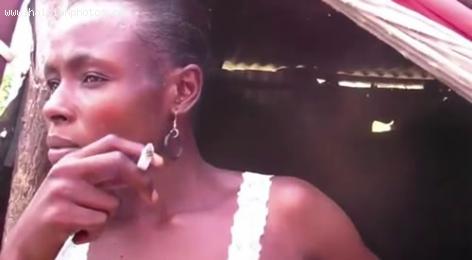


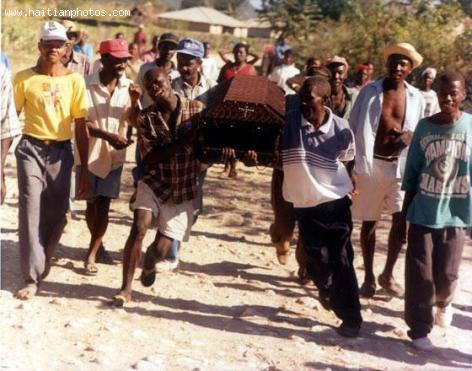
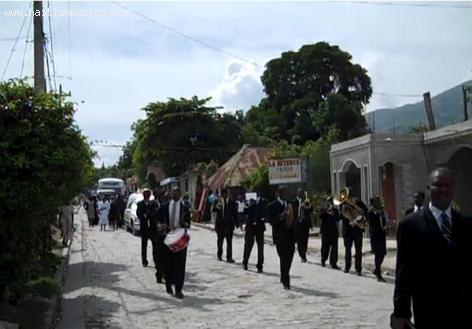

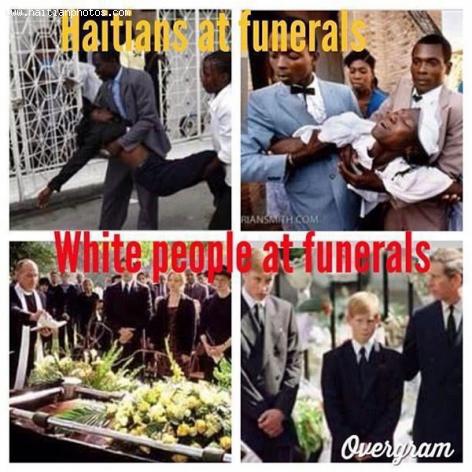
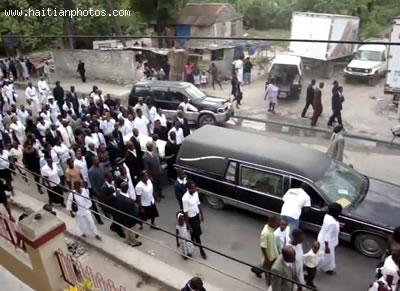

 Bouki Ak Ti Malice, Story Of Intelligence Vs Ignorance For...
Bouki Ak Ti Malice, Story Of Intelligence Vs Ignorance For...  Haiti License Plate or Plaque d'immatricules a DGI
Haiti License Plate or Plaque d'immatricules a DGI  Children of Haitian descent handcuffed, deported from the Bahamas
Children of Haitian descent handcuffed, deported from the Bahamas  Partial list of privileges enjoyed by Government officials in...
Partial list of privileges enjoyed by Government officials in... 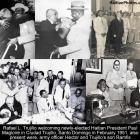 Rafael L. Trujillo welcoming Paul Magloire in Santo Domingo
Rafael L. Trujillo welcoming Paul Magloire in Santo Domingo  Haitiano-Japanese Naomi Osaka wins the US Open against Serena...
Haitiano-Japanese Naomi Osaka wins the US Open against Serena...  Meet Haitian-American professional baseball pitcher Touki...
Meet Haitian-American professional baseball pitcher Touki...  Jovenel Moise, the president has spoken. Period
Jovenel Moise, the president has spoken. Period 


